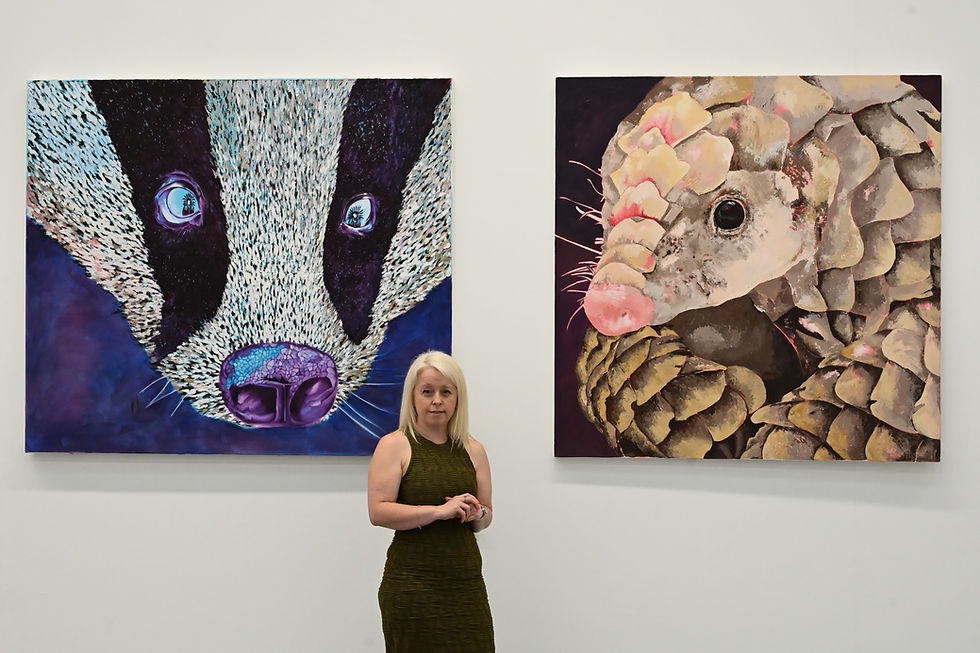Bokeh, the next instalment of my A - Z
- Martin Bennett - Photographer

- Aug 27
- 1 min read
Updated: Aug 28
B – Bokeh
Bokeh is originally a Japanese word “Bokeru” to become befuddled or confused. It gradually evolved, until in the 1990s it became bokeh. I pronounce it similarly to “bouquet” as in flowers, others say “boka” etc.
Bokeh refers to the out of focus area behind the main subject. Different lenses, give differing amounts of bokeh. The wider the aperture, the lower fstop, the more bokeh there is. It became fashionable with the invention of wide aperture, long focal length lenses. It is now thoroughly embedded as a standard photographic effect, which personally I really like. It allows our eye/brain just the focus on the intended part of the image
Bokeh from any given lens, particularly by manufacturer varies slightly.
The further away the out of focus part, is from the actual point of focus point, the greater effect there is. If the focus point is the clients eye, their hair may gradually fade out of focus. The bokeh bit will appear many meters behind the subject. Such as trees in the background, or very effectively street lights.
Bokeh can be achieved with a smartphone camera, by focusing on something close to the lens, with the background several meters behind. Or if the two are proximal, the wizard inside the phone creates it.

These two photos, one taken with the 85mm at F1.8, the other taken with an Iphone in “portrait” mode. I also love Cistus! The bokeh in the first photo, taken with the 85mm is worth the effort and cost of this lens.
I am a professional portrait photographer, based near Tenbury Wells in Worcestershire.




Comments